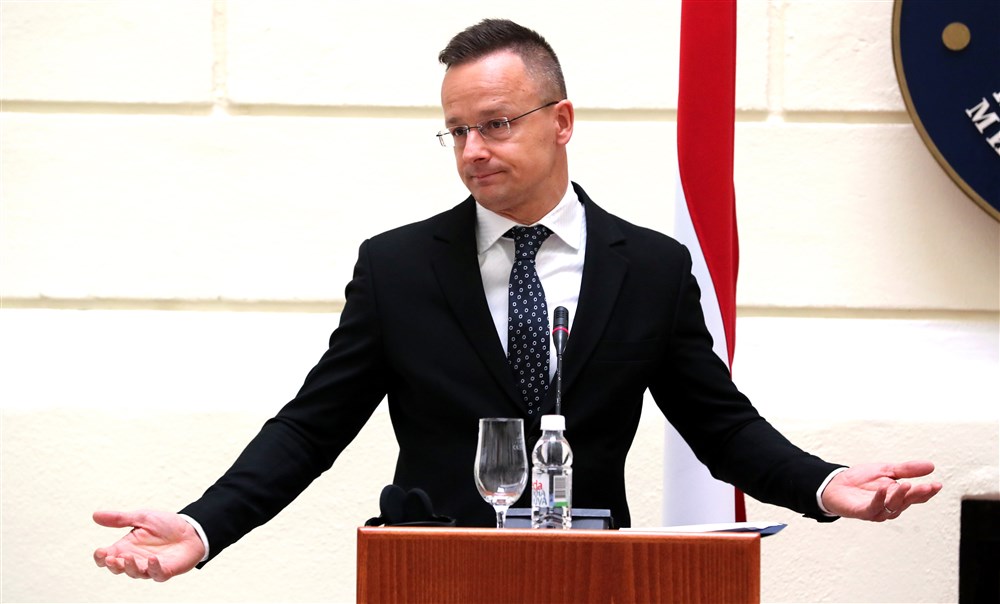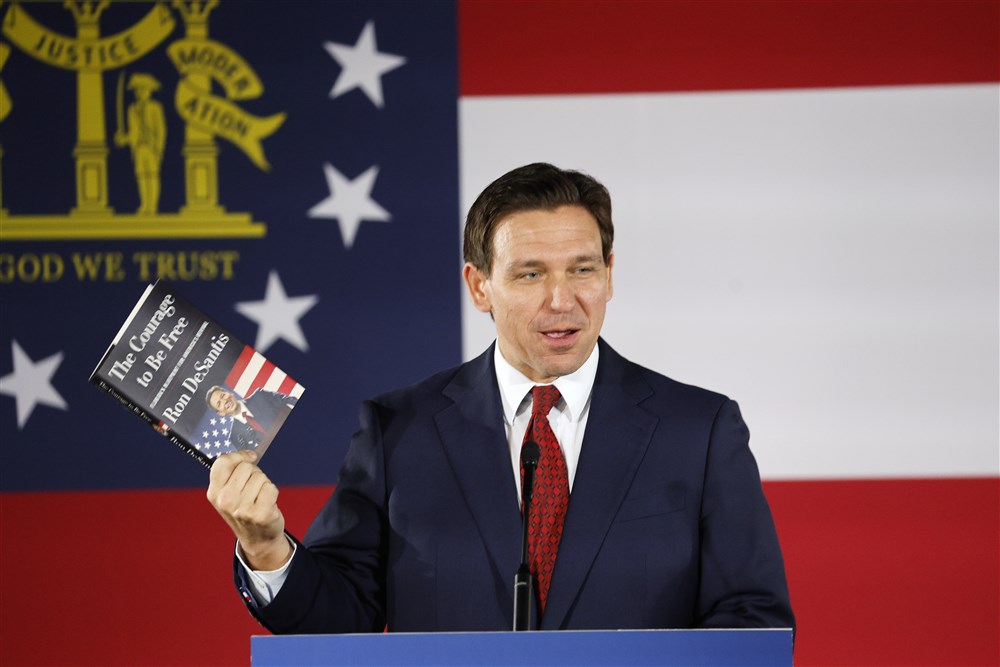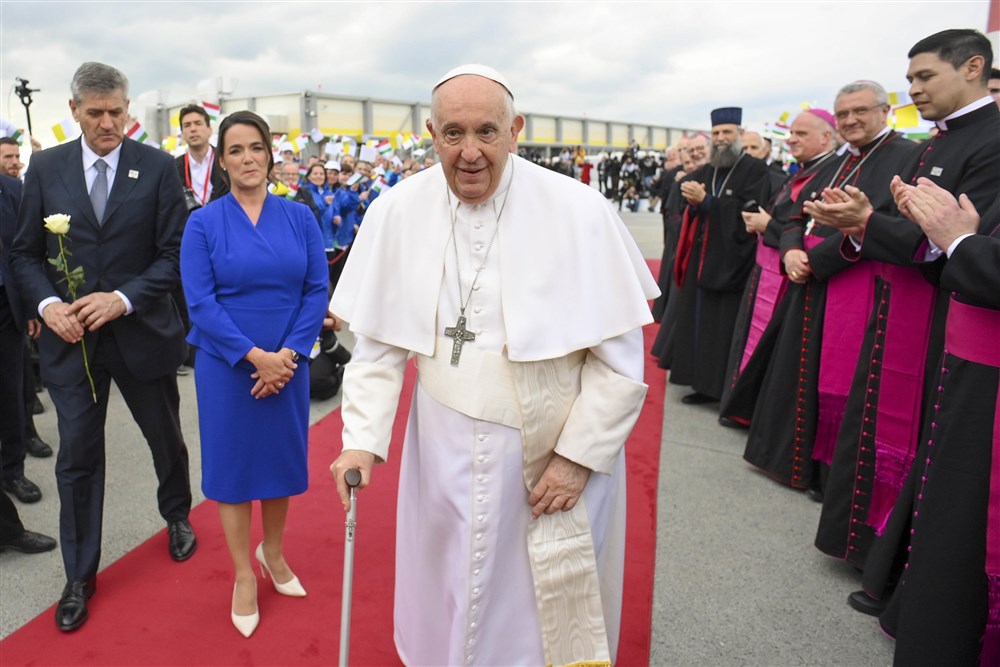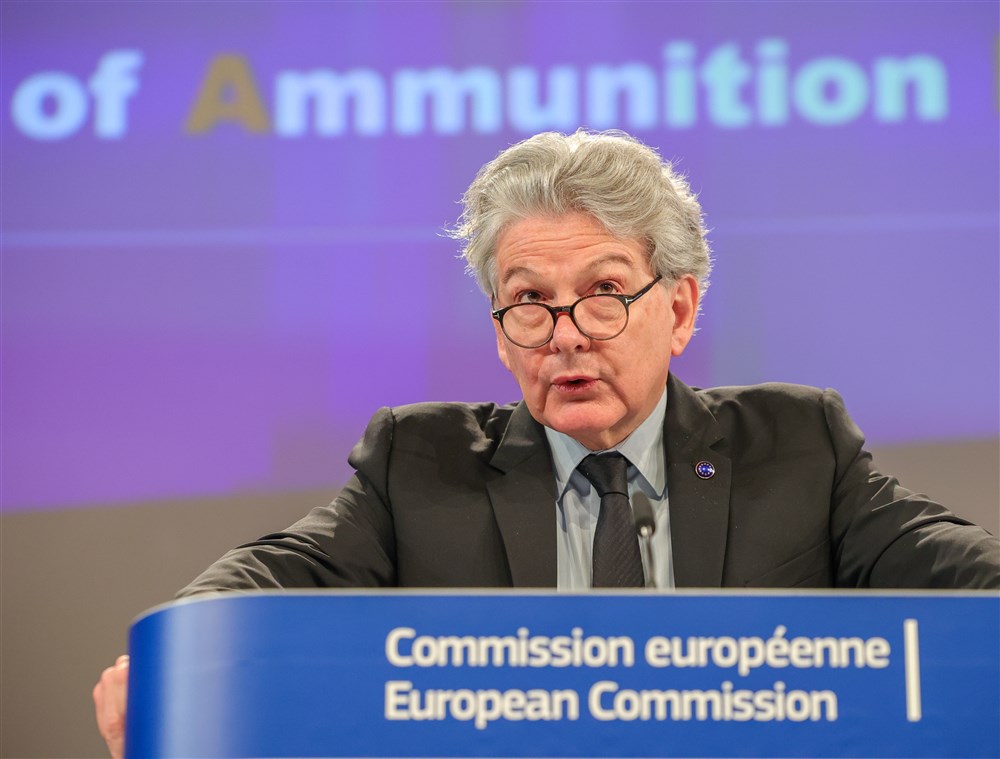The EU’s March pledge to provide one million artillery shells to Ukraine now has €500 million of EU funds behind it thanks to new legislation as of May 3.
The passage of the Act in Support of Ammunition Production (ASAP) is “unprecedented” and aims to “ramp up” EU defence industry support of Ukraine by channelling money from the budget in Brussels.
The act follows the landmark deal at the end of March when the EU promised to send Ukraine a million armament rounds within the next 12 months.
“Our industry must now switch to war economy mode,” Single Market Commissioner Thierry Breton told reporters on May 2. “I am confident that within 12 months, we will be able to increase our production capacity to 1 million rounds of ammunition per year in Europe.”
Financing will be split roughly evenly between the European Defence Fund (EDF), used to finance the research and development of defence equipment, and the European Defence Industry Reinforcement through Common Procurement Act (EDIRPA) that helps streamline production capacity to secure essential supplies for armed forces.
Given the defence-related nature of those funds, it’s not much of a surprise for them to be utilised. But the ASAP plan also aims to incentivise member states to use existing EU funds unrelated to defence to spur their defence industries. This includes the EU’s Recovery and Resilience Facility funds, established to mitigate the economic and social impact of the coronavirus pandemic.
“On the one hand, of course Ukraine has a right to defend itself against aggression and to protect its sovereignty,” says Ludo De Brabander, spokesperson for Vrede, a Belgium-based peace movement. “But is the European military support perhaps prolonging the war, making it more dirty, and more difficult to stop.”
He highlights how just about the entirety of the European Peace Facility — an “Orwellian” name if there ever was one, he notes — a nearly €6 billion fund initially established to support and train military capacity, particularly in developing countries, is going toward Ukraine.
“It’s the intensification of a process that has been going on a long time since the Lisbon Treaty that created what you could call a constitutional obligation to increase military capacity,” De Brabander says.
The result, he adds: “European militarisation.”
In 2022, Europe’s military spending reached $480 billion — it’s highest level since the end of the Cold war — according to the Stockholm International Peace Research Institute.
In the past month, Commissioner Breton has visited 11 member states – Bulgaria, France, Czech Republic, Slovakia, Poland, Romania, Italy, Sweden, Slovenia, Croatia and Greece — during a tour of the EU bloc’s defence industries. He is set to visit Germany and Spain next.
He told Politico that “one of the great findings” of his tour was that European companies — particularly toward the east of the bloc — possess the infrastructure to, in Politico’s words, “make vast amounts of large ammunition.”
Previously there was disagreement among Member States about who would be allowed to get joint contracts and whether foreign companies would be eligible to supply munitions for Ukraine. France wanted to keep the money within the EU.
Reportedly due to time pressure and the short-term nature of ASAP, the European Commission has not put limits on eligibility criteria — meaning ammunition can be procured from foreign countries’ defence companies to supply the frontline in the war.
US intelligence recently estimated that Russia has suffered 100,000 casualties — including around 80,000 killed — during intense fighting over the past five months.
“The reality of the war is never shown in our media,” De Brabander says. “It’s always just about going on the offensive, about the numbers; not the reality on the ground. It’s astonishing that it is not discussed — even if Russia is the aggressor and should be condemned — how EU ammunition is killing Russian conscripts who have been forced into the trenches.”
Alongside the war, there is ongoing debate about the need for the EU to be able to stand on its own militarily — Germany’s military has been singled out as being unfit for purpose — and not relying on the US, which some would argue still guarantees Europe’s security.
“We are now starting to bring our defence industry into areas of priority and resilience, for our autonomy, for our protection,” Breton says.





